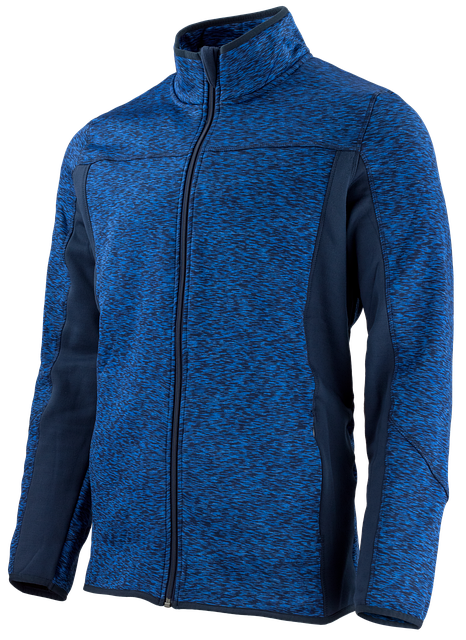Title: Nanofiber Fabrics: The Invisible Revolution in Fashion
Imagine slipping on a jacket that's lighter than air, yet keeps you perfectly warm. Or donning a dress that repels stains and odors without a hint of chemical treatment. Welcome to the world of nanofiber fabrics, where cutting-edge technology meets high fashion. This microscopic marvel is reshaping the textile industry, offering unparalleled performance and sustainability. Let's dive into the invisible revolution that's set to transform your wardrobe.

Performance That Defies Expectations
One of the most striking features of nanofiber fabrics is their exceptional strength-to-weight ratio. Despite being incredibly light, these materials can be stronger than steel. This characteristic makes them ideal for high-performance sportswear, where athletes demand gear that won’t weigh them down but can withstand intense physical activity. Brands are already incorporating nanofibers into running shoes, creating uppers that are virtually weightless yet durable enough to withstand marathon distances.
Breathability Reimagined
Nanofiber fabrics are redefining breathability in clothing. The microscopic spaces between fibers allow for superior air circulation while maintaining an effective barrier against wind and water. This means your skin can breathe easily, reducing sweat accumulation and keeping you comfortable in a wide range of temperatures. Outdoor enthusiasts are particularly excited about the potential for all-weather gear that adapts to changing conditions without the bulk of traditional layering systems.
A New Era of Functional Fashion
Beyond athletic wear, nanofiber technology is making waves in everyday fashion. Imagine a crisp white shirt that resists stains and wrinkles, or a suit that regulates your body temperature as you move from air-conditioned offices to sunny streets. Nanofiber fabrics can be engineered to repel liquids, trap odors, and even change color in response to environmental factors. This opens up a world of possibilities for designers to create clothing that’s not just stylish, but truly functional.
Sustainability at the Nanoscale
In an era where sustainability is paramount, nanofiber fabrics offer promising solutions. The efficiency of the production process means less raw material is needed to create high-performance textiles. Additionally, the durability of these fabrics translates to longer-lasting garments, reducing the need for frequent replacements. Some researchers are even developing nanofibers from biodegradable materials, paving the way for clothing that can decompose naturally at the end of its lifecycle.
The Future of Fabric Care
Nanofiber technology is set to revolutionize not just how we wear clothes, but how we care for them. Self-cleaning fabrics are no longer the stuff of science fiction. By incorporating nanoparticles that react to sunlight or specific wavelengths of light, garments can break down dirt and stains on their own. This could dramatically reduce the need for water and harsh detergents in our laundry routines, making fashion more environmentally friendly from production to maintenance.
Navigating the Nanofiber Revolution
-
Look for terms like nanospun or electrospun on garment labels to identify nanofiber fabrics
-
Expect a higher initial cost, but consider the long-term value of durability and performance
-
Care for nanofiber garments according to manufacturer instructions to maintain their unique properties
-
Be open to new textures and weights in familiar clothing items as nanofiber blends enter the market
-
Keep an eye out for emerging brands specializing in nanofiber fashion for cutting-edge designs
As nanofiber fabrics continue to evolve, they promise to blur the lines between fashion and technology. From invisible performance enhancements to visibly stunning designs, this microscopic marvel is set to make a big impact on our wardrobes. As consumers, we’re on the cusp of experiencing clothing that not only looks good but actively works to improve our daily lives. The future of fashion is here, and it’s woven with threads we can barely see but will undoubtedly feel.





